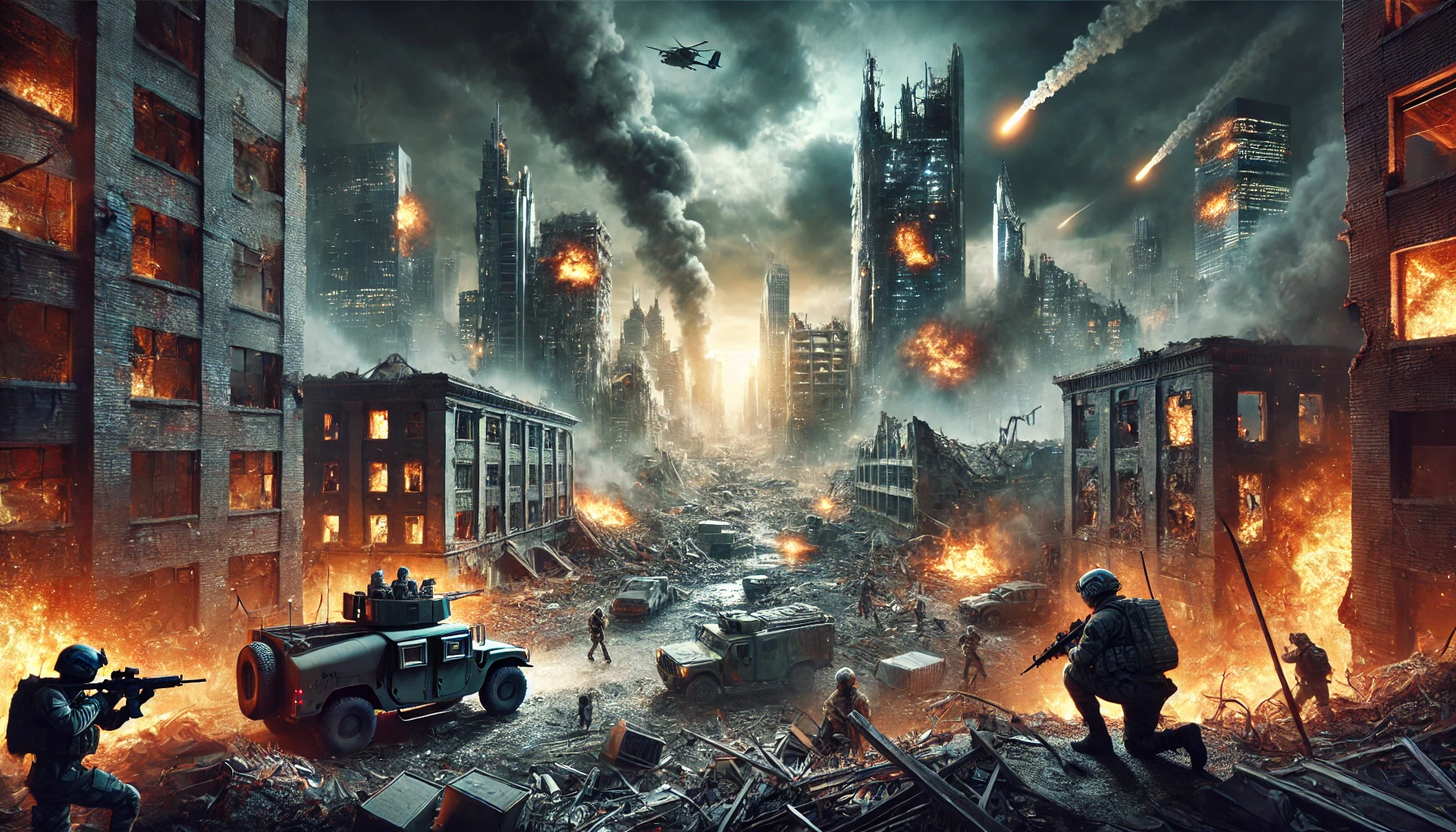As we enter a world defined by rapid technological advancements, shifting political alliances, and intensifying climate challenges, discussions around the possibility of a global conflict often arise. Could the world see a third world war? While predicting such events with precision is impossible, we can analyze current trends and assess the probability of a large-scale war. Based on geopolitical, economic, and technological factors, experts estimate the probability of World War 3 occurring in the next decade at 10-25%. Let’s delve into the factors influencing this likelihood.
Key Factors Contributing to the Risk
1. Geopolitical Tensions
Tensions between major powers such as the United States, China, and Russia are a primary driver of conflict risk. These nations are increasingly at odds over issues like:
- Territorial Disputes: The South China Sea and Taiwan represent flashpoints for potential military conflict between China and the U.S. or its allies.
- Eastern Europe: Russia’s actions in Ukraine have already escalated regional instability, drawing NATO and Western nations into a complex dynamic.
- Cyber and Hybrid Warfare: These non-traditional forms of conflict blur the lines between war and peace, heightening the risk of misunderstandings spiraling into larger conflicts.
2. Nuclear Proliferation
The presence of nuclear weapons acts as both a deterrent and a risk factor. While mutually assured destruction discourages direct confrontations between nuclear-armed states, the potential for miscalculation or accidents remains a concern. Emerging nuclear powers like North Korea and increasing tensions between India and Pakistan further exacerbate this risk.
3. Economic Rivalries
Economic competition, especially between the U.S. and China, has taken on a more adversarial tone. Trade wars, technological decoupling, and sanctions are contributing to a sense of economic nationalism. In history, economic strife has often preceded military confrontations.
4. Climate Change and Resource Scarcity
Climate change is exacerbating resource scarcity, leading to conflicts over water, food, and land. Nations heavily reliant on natural resources may become more aggressive in securing them. This could increase the chances of proxy wars or direct confrontations.
5. Technological Arms Race
The development of artificial intelligence, autonomous weapons, and advanced missile systems is creating a new arms race. The lack of comprehensive international agreements to regulate these technologies raises the stakes for accidental or preemptive strikes.
Factors Reducing the Likelihood
1. Global Interdependence
The global economy is highly interconnected. A major war would devastate global markets, making nations think twice before engaging in large-scale conflict.
2. Diplomatic Mechanisms
International organizations like the United Nations, NATO, and regional alliances act as buffers. Despite criticisms of their inefficiency, these bodies often prevent escalation through diplomacy and negotiation.
3. Citizen Awareness and Resistance
Public resistance to war is higher than ever, thanks to increased access to information. This societal pushback makes leaders more cautious about pursuing aggressive policies that could lead to conflict.
Scenarios for World War 3
High-Probability Scenarios
- Taiwan Conflict: If China attempts to forcibly reunify Taiwan, U.S. intervention could trigger a broader war involving regional allies like Japan and South Korea.
- Russia-NATO Clash: Escalation in Ukraine or other Eastern European states could pull NATO into direct conflict with Russia.
Low-Probability Scenarios
- India-Pakistan War: While tensions are high, nuclear deterrence and international mediation reduce the likelihood of a large-scale conflict.
- Middle East Escalation: Conflicts involving Iran, Israel, or Saudi Arabia could spiral out of control but are more likely to remain regional.
Conclusion: A Fragile Balance
The possibility of World War 3 is not zero, but it remains relatively low due to deterrents like nuclear weapons, economic interdependence, and robust diplomatic channels. However, emerging risks such as cyber warfare, technological arms races, and climate-induced conflicts are reshaping the global risk landscape. Governments, organizations, and citizens must prioritize dialogue, de-escalation, and sustainable development to minimize the probability of a catastrophic global conflict.
While no one can predict the future with certainty, understanding these dynamics can help build a more peaceful world. For now, vigilance and proactive peacekeeping remain our best defense against a third world war.



